The diversity of South African Gardens managed by SANBI
As part of the recent posts about the artist John Broom, Anne came across the mention of The Kirstenbosch Gardens of South Africa. However, these Gardens are just one of a number of Botanical and Zoological Gardens that are managed by an organisation called SANBI - The South African National Biodiversity Institute.
Apart from managing the thirteen National Botanical and Zoological Gardens as ‘windows’ to South Africa’s biodiversity for enjoyment and education, SANBI leads and coordinates research, and monitors and reports on the state of biodiversity in South Africa. 1
The institute provides knowledge and information, gives planning and policy advice and pilots best-practice management models in partnership with stakeholders. SANBI engages in ecosystem restoration and rehabilitation, and leads the human capital development strategy of the sector. 1
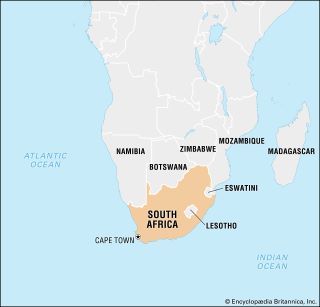
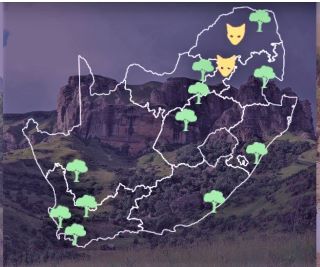
South Africa is one of the most biologically diverse countries in the world, after Indonesia and Brazil. The country is surrounded by 2 oceans, occupies only about 2% of the world’s land area, but is home to nearly 10% of the world’s plants, 7% of the reptiles, birds and mammals and 15% of known coastal marine species. South Africa has 9 biomes (unique vegetation landscapes), 3 of which have been declared global biodiversity hotspots. 1
Biodiversity richness is one of South Africa’s greatest assets. Biodiversity in terms of landscapes, ecosystems and species – the web of natural life – provides goods and services vital for human well-being and the survival of the planet. Goods and services include: water purification, grazing, eco-tourism, fisheries, sources of medicine, energy, food, healthy soils, pollination, carbon sinks, clean air and production of oxygen, etc.
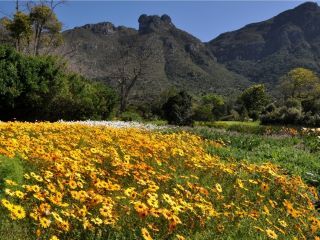
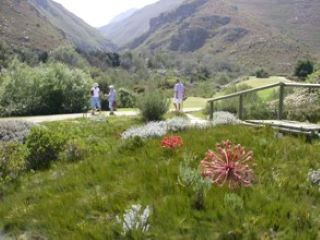
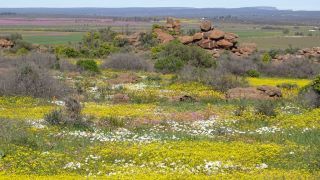
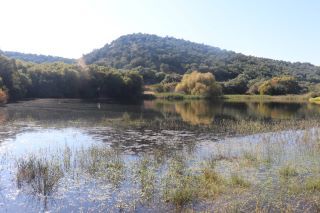
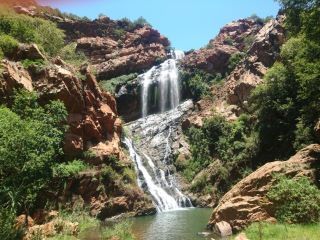
Unfortunately South Africa's biodiversity, as is the case across the globe, is under threat. Some of these threats include ecosystem destruction and accompanying species extinction through human activity, climate change, and invasive alien species. 1
The organisation is legally constituted as a statutory body appointed by the South African Minister of Forestry, Fisheries and the Environment (DFFE). The Board Members and Executive Management Sub-Committees operate to a Strategic Plan, with published Mission, Vision and Values Statements. The organisation is overseen by various governance committees such as Audit and Compliance.
So it is just as well that there is a formal structure in place because it is a huge and diverse job, and has global importance in the current race against the clock to safeguard our future world heritage. You can read more about the scope of SANBI’s work here.
SANBI has many supporters and sources of funding, such as the Botanical Society – “People for Plants”.
But let’s return now to the eleven Gardens and two Zoolological Gardens which are managed by SANBI. You can see the diversity on offer if you click here. Within each section you can find maps, details of the type of garden, its history, and information about the flora and fauna you will find there in the various seasons.
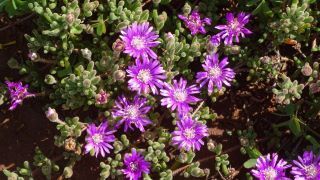
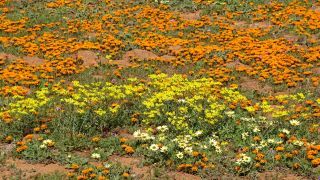
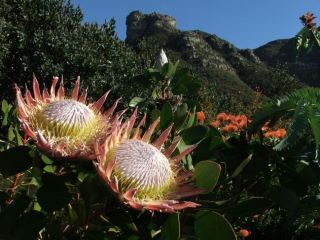
And we must give a special mention to the animals to be found in the two Zoolological Gardens, in Pretoria and Mokopane, all of whom are carefully managed according to their endangered status ......

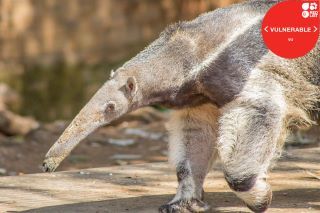
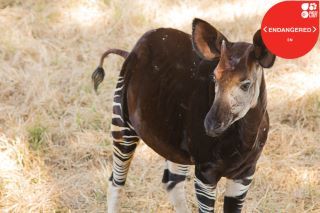

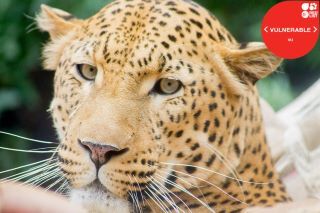

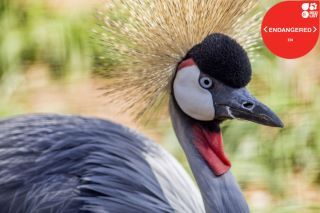
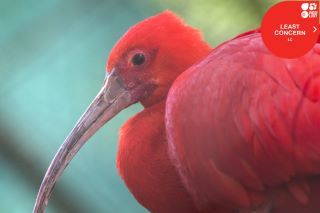
We have one more day before we leave Africa for the time being but I am sure we will return to examine more of the beauty of this remarkable country. Tomorrow Jane shares some of her photos and memories of her travels to several African countries.
And today we welcome another new subscriber in B.B. in Iowa - we are delighted that so many people around the world are enjoying our art stories. and please don't hesitate to email us at [email protected] - we would love to hear from you.
Footnotes
- With thanks to sanbi.org
